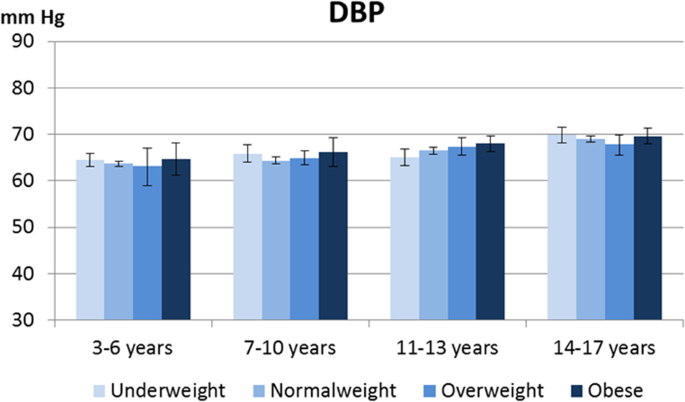

This will need to be very closely monitored by your pediatrician. If obesity is a possible cause, the first step will be to have your child lose weight. The first-line treatment for high blood pressure in children remains lifestyle changes. Doctors take into account the child's medical history (other diagnoses like kidney disease), family history (heritability of hypertension is about 50%), risk factors such as low weight at birth, and whether the child is currently overweight. In most children and adolescents, no specific cause is found for hypertension. If no medical problem can be found, your child will be diagnosed with essential hypertension-the word essential refers only to the fact that no cause could be found. Sometimes, ultrasounds are used to examine the heart or the kidneys. These tests include studies of the urine and blood. If your child's blood pressure is high, your pediatrician may recommend tests to see if there is an underlying medical problem causing it. Diagnosing High Blood Pressure in Children When high blood pressure becomes severe in children, it may be a symptom of another serious problem, such as kidney disease or abnormalities of the heart or of the nervous or endocrine (gland) system. Thus, good eating habits (without overeating and emphasizing foods low in sodium, low in added sugar and high in fruits and vegetables) and plenty of physical activity are important throughout the early years of childhood (and for the rest of life). As a result, a child may show no signs of high blood pressure as an infant, but may develop the condition as he or she grows.īy age 7, more than 50% of hypertension is due to obesity this rises to 85-95% by the teenage years.

In many cases, high blood pressure seems to develop with age.

High blood pressure in children is almost always asymptomatic-that is, without any symptoms or noticeable discomfort. Tip for parents: Remember to ask your pediatrician if he or she measured your child's blood pressure, and if so, if it was a concerning reading. Children who have congenital heart disease, who are receiving medications that might increase blood pressure, or who have other medical conditions may also be at a greater risk of high blood pressure. Infants who were preterm, or of low birth weight, who had a difficult or long hospital stay may need blood pressure screenings sooner than age 3. If your child has elevated readings in three consecutive visits, he or she should have an evaluation for the cause of hypertension and risk of organ injury. If your child's blood pressure is high, he or she will typically be asked to come back a week later to see if the high readings persist. The AAP and the National Heart, Lung and Blood Institute both recommend that children have yearly screenings for high blood pressure, starting at age 3, at their annual well-child visits.

It's a difficult diagnosis in kids since blood pressure can be affected by many factors, such as height, age and sex. If either or both measurements are above the range found in healthy people of the same age and sex, it's called hypertension. Systolic blood pressure is the highest pressure reached in the arteries as the heart pumps blood out for circulation through the body.ĭiastolic blood pressure is the much lower pressure that occurs in the arteries when the heart relaxes to take blood in between beats. The term blood pressure actually refers to two separate measurements: The American Academy of Pediatrics (AAP) report, Clinical Practice Guidelines for the Screening and Management of High Blood Pressure in Children and Adolescents, gives pediatricians a simpler screening table to follow that identifies blood pressures needing further evaluation. If high blood pressure isn't identified at a young age, it could go undiagnosed for years-eventually leading to organ damage and other health problems, like coronary artery disease, in adulthood. But, in fact, the condition can be present at any age.Īn estimated 3.5% of all children and teens in the United States have high blood pressure, however, the condition often goes undetected and untreated. We usually think of high blood pressure-also known as hypertension-as a problem that affects adults.


 0 kommentar(er)
0 kommentar(er)
